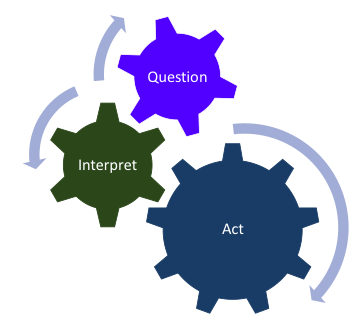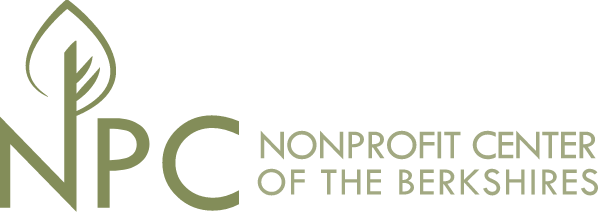12 Aug GO- NO GO: DATA-DRIVEN DECISION MAKING
GO- NO GO: DATA-DRIVEN DECISION MAKING
By Penny Brierley-Bowers

Being data-driven means that facts are the primary consideration when making strategic decisions.
Let’s break it down- data are pieces of information. Data is unorganized and unanalyzed. It reflects facts, which is different than saying that it reflects truth. Data, when organized and analyzed well, may provide insights. This is much like the proverbial three blind mice and the elephant- each mouse touching a different part of the elephant and making erroneous conclusions about the whole. The data from each mouse must be organized and analyzed comprehensively to begin to understand the elephant. Therefore, a decision made based on information is only as good as the data from which that information is gleamed and the methods used to gather and transform it.
Knowing that not all data is equal, but that some data is helpful- what should you think about when planning to take a data-driven approach? There are four rules of thumb to consider:
1: Purpose and Use
Know where you are going and why you are going there before setting out on your journey. Think how the data you gather will be used and what problem it will solve. Is it for strategic planning, to inform budgeting or to help streamline a program portfolio? Each purpose and use has a different need for accuracy and detail.
2: Need to Know
Avoid shiny objects- getting distracted by all the interesting and potentially useful things you can know may easily get you off track and even crash your efforts. Data gathering can be burdensome. Overloading people with data requests frequently results in poor or incomplete information. At the very beginning determine what you really need to know to achieve your purpose.
3: Can Know
There are some things that you just cannot know. It may be due to where your program is in its lifecycle, methodological or data gathering challenges or other constraints. However, do not let the perfect get in the way of the good. Think about how certain you need to be or if there is another approach that will achieve your purpose. You may have to ask yourself, if not now, then when? And, under what circumstances?
There is an interaction between being data-driven and other considerations, such as personnel, financial planning, political will and timing. While the data may provide insights, these considerations should temper how you think and act upon those insights. These influences can turn the most logical decisions into unrealistic decisions.

For more information or a free consult contact Penny Brierley-Bowers at penny@brierleybowers.com or 413-270-4282.
Penny Brierley-Bowers is a seasoned public health consultant who supports organizations in realizing their goals by providing research and professional services. Across her career, she focused upon the effective use of data to drive strategy, operational efficiency, and confront the complex concerns of nonprofits, private organizations, and government.



